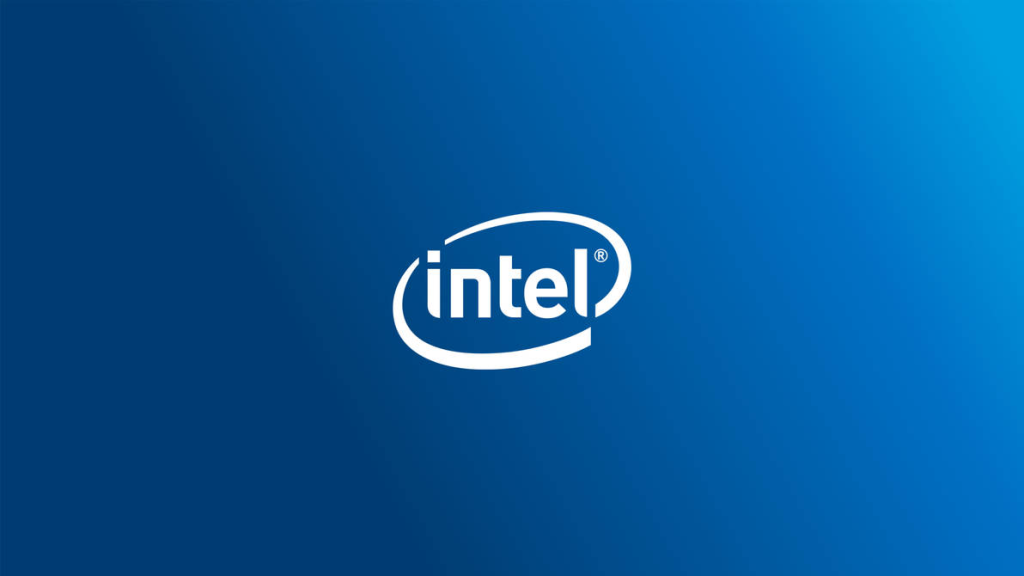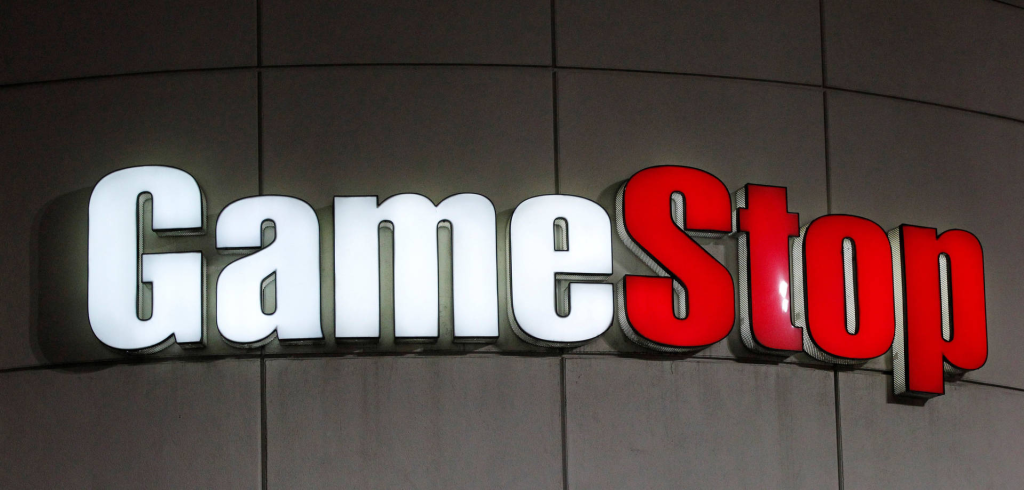Good morning. It can be difficult to turn around a company after years of missteps—take Boeing for example. But the challenge can be even greater for a big tech company, like Intel, that has lost its dominance in this wave of fast-paced AI.
In a new article, my colleague Jeremy Kahn, Fortune’s AI Editor, explores how Intel’s CEO Pat Gelsinger is betting the company on 18A, a new chipmaking process. Gelsinger hopes it will position Intel as a viable alternative to Taiwan Semiconductor Manufacturing Co., the world’s leading contract manufacturer of chips.
To carry out this plan, Intel is investing nearly $30 billion for the construction of two state-of-the-art semiconductor plants, or fabs, in Chandler, Ariz., outside Phoenix, that will be the first to use the company’s newest chipmaking process. “It’s here, in Chandler, where Gelsinger’s fate—and likely that of the company he leads—will be decided,” according to Kahn.
Intel, now struggling, was once dominant in its core business for central processing units (CPUs). But rival AMD now has significant market share. Then Intel failed to see the extent to which graphics chips would come to dominate the market for AI. This would prove a colossal blunder as it didn’t take long for Nvidia, which took the graphics processing unit used for video games and turned it into the workhorse for training and running AI models, to dominate the new field.
Kahn puts it this way: “Gelsinger is racing to reverse Intel’s slide by repositioning the company around manufacturing excellence, while also trying to establish Intel as a player in the market for AI chips. Many are skeptical he can pull it off and fear the company may be in permanent decline.” (You can read Kahn’s full deep dive here).
As Intel tries to pull off a turnaround, it is also cutting its workforce by 15%, which translates to roughly 15,000 jobs, and projected savings of $10 billion in 2025. “Our revenues have not grown as expected – and we’ve yet to fully benefit from powerful trends, like AI. Our costs are too high, our margins are too low,” Gelsinger wrote in a memo to employees in August.
During the Citi Global Technology conference last month, Intel CFO David Zinsner said the company is currently in talks with 12 potential customers for its 18A chip manufacturing business, adding that 2027 is the year “where we’ll see some meaningful revenue from that set of customers.”
For the 56-year-old company, which fell 17 spots in the Fortune 500 this year, the bet on 18A looks like an expensive gamble—but one that Intel can’t afford to not take.



